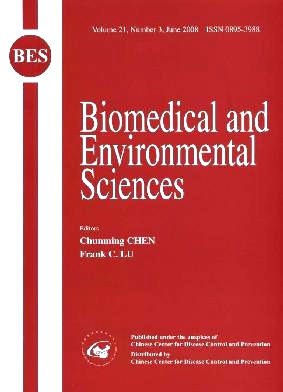Complementary Feeding and Growth of Infant and Young Child in China
-
Key words:
- Infants /
- Children /
- Complementary feeding /
- Growth
Abstract: Objective To understand the status and problems of complementary feeding and to explore the strategy of improving complementary feeding for infants and young children in China. Method Data of urban and rural children were selected from the China Food and Nutrition Surveillance System (CFNSS) dataset to describe the status of complementary feeding and growth of children. Logistic Regression was used to analyze the relationship between child growth and the complementary feeding pattern. Results Applications of foods that come from animals, vegetable/fruit and dairy product in complementary feeding were negatively correlated to the prevalence of stunting and underweight. Attributable risk (AR) of no application of vegetable/fruit in complementary feeding to stunting was 30.2%, to underweight 35.4%; AR of no application of foods from animal products in complementary feeding to stunting was 2g.2%, to underweight 11.7%; and the AR of no application of diary products in complementary feeding to stunting was 27.4%, to underweight was 15.9%. Conclusion Complementary feeding contributed to the improvement of infants and young children growth in China. There is an urgent need to develop health education in the public on infants and young children complementary feeding, in the mean time, it is pressing to pay attention and take actions to develop and promote affordable, acceptable, and accessible fortified complementary food in rural areas of China.
| Citation: | SU-YING CHANG, WU HE, CHUN-MING CHEN. Complementary Feeding and Growth of Infant and Young Child in China[J]. Biomedical and Environmental Sciences, 2008, 21(3): 264-268. |







 Quick Links
Quick Links
 DownLoad:
DownLoad: